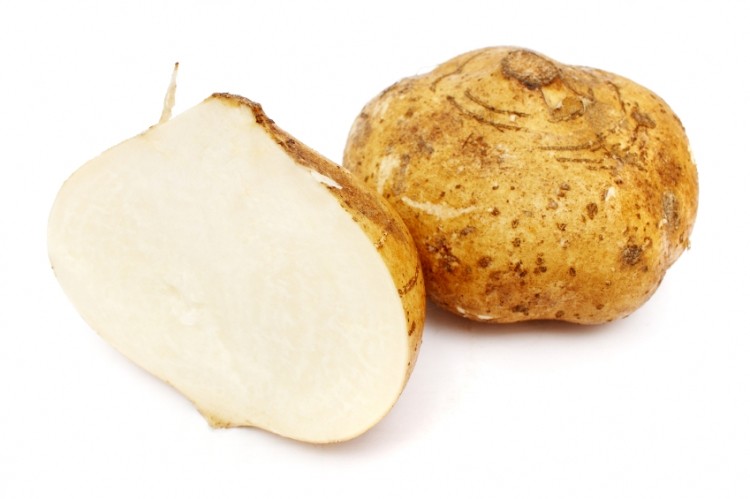African yam bean RTE breakfast cereal holds promise for diabetics: Study

In a study published in the Journal of Food Processing and Preservation, researchers successfully produced a RTE breakfast cereal that incorporated African yam bean – a legume hailed for its value to diabetics but often difficult to cook with.
The legume has a low glycemic index and high dietary fiber content and is therefore becoming increasingly important in the management of chronic diabetes, hypertension and cardiovascular diseases, the study said.
It cited previous research that suggested the slow digestion of the legume results in a gentle rise in blood sugar levels among diabetic consumers.
It is also high in essential amino acids and is also rich in minerals such as magnesium, zinc, potassium and calcium.
The successful incorporation of African yam bean into a RTE cereal format could be used on an industrial scale to promote health in vulnerable groups, such as diabetics, said the researchers from the University of Nigeria.
They added that it could also aid food security and energy malnutrition in the long-term.
Processing into RTE format
African yam bean is traditionally consumed boiled or in the form of porridge, and in some African countries its seeds are processed into flours and pastes.
“African yam bean is being increasingly consumed by diabetics, hypertensive and cardiovascular patients in some Nigerian communities. However, the processes involved in making it ready to eat are cumbersome and time consuming, thereby denying vulnerable groups instant consumption access,” they wrote.
“Therefore, it is of great industrial and commercial importance to develop the technology for its processing into ready-to-eat breakfast cereals, in combination with other local food materials, which will eliminate the associated drudgery and add value to the product,” they added.
High protein, amino acids
Six cereals were produced each with varying ratios of African yam bean and maize composite flour with graded levels of defatted coconut using a roasting method.
After testing various African yam bean-maize ratios, a flour blend at a 60:40 ratio was selected as it had proximate values closest to the control – Weetabix Original.
Findings showed that protein content in all variants was higher than the control, attributed to the use of African yam bean flour that contains between 20-23% protein.
The formulated samples were also high in essential and non-essential amino acids – with high values recorded for threosine, leucine and glycine.
“Apart from isoleucine which had similar values with the United States Recommended Dietary Allowance (USRDA) and valine that had slightly lower values, the essential amino acids in all the formulated products were higher than the USRDA values,” the study said.
Crude fiber content in the formulated breakfast cereals was slightly lower than the Weetabix control (10%)– ranging from 6.70 ±1.80% to 9.08 ± 0.07% but the researchers still described the levels as “favorable”. They added that the blends containing coconut fiber would contribute to digestive health.
Energy values ranged from 327.54 to 347.72 Kcal compared to Weetabix at 338 Kcal.
Overall, the formulated cereals showed low moisture content that could help prolong shelf-life if packaged correctly, the researchers said.
Source: Journal of Food Processing and Preservation
Published online ahead of print, doi: 10.1111/jfpp.12060
“Production and evaluation of breakfast cereals from blends of African yam bean (Sphenostylis Stenocarpa), maize (Zea Mays) and defatted coconut (Cocus Nucifera)”
Authors: G.I Okafor and G.O Usman

















